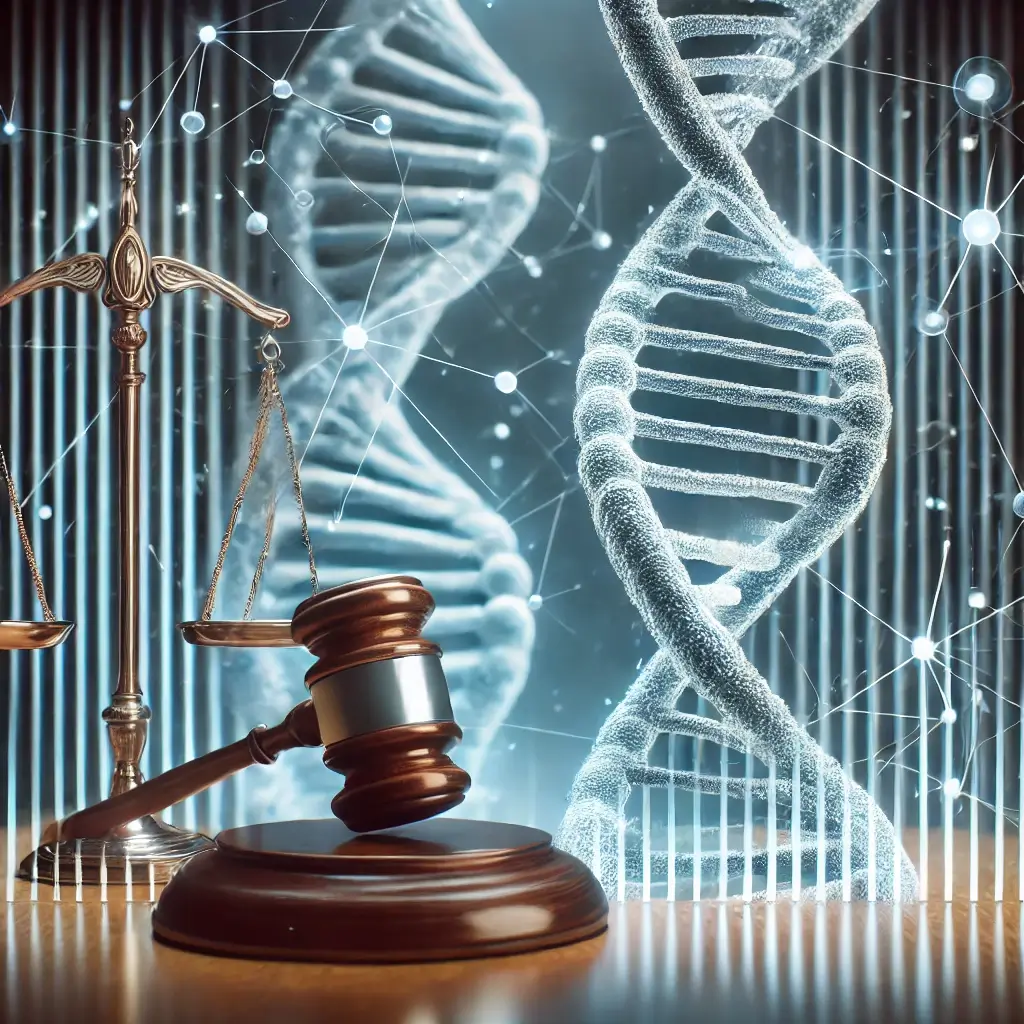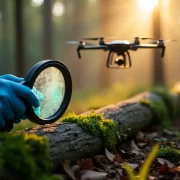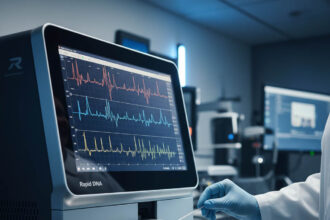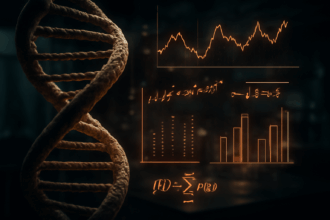The first use of DNA evidence
- Understanding DNA Evidence Fundamentals
- Basic DNA Science for Prosecutors
- Types of DNA Evidence in Criminal Cases
- DNA Collection and Storage Requirements
- Building Cases with DNA Evidence
- Establishing a Chain of Custody
- Meeting Admissibility Standards
- Linking Evidence to Suspects
- Building a Persuasive Case
- DNA Analysis Methods and Technologies
Prosecutors regard DNA evidence as a cornerstone of modern courtroom strategy. This microscopic biological blueprint can place suspects at crime scenes, link seemingly unrelated crimes, and provide scientific clarity to build compelling cases.
This comprehensive article covers the essential components of DNA evidence, from proper collection and preservation to effective courtroom presentation. It is a vital resource for new and seasoned prosecutors seeking to refine their expertise in forensic evidence.
Understanding DNA Evidence Fundamentals
Deoxyribonucleic acid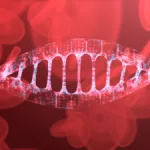 DNA, or Deoxyribonucleic Acid, is the genetic material found in cells, composed of a double helix structure. It serves as the genetic blueprint for all living organisms. Read Full Definition (DNA) holds the unique genetic blueprint of every human being. Prosecutors must grasp these biological fundamentals to present compelling DNA evidence in court.
DNA, or Deoxyribonucleic Acid, is the genetic material found in cells, composed of a double helix structure. It serves as the genetic blueprint for all living organisms. Read Full Definition (DNA) holds the unique genetic blueprint of every human being. Prosecutors must grasp these biological fundamentals to present compelling DNA evidence in court.
Basic DNA Science for Prosecutors
The double helix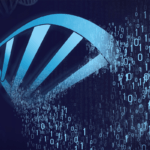
A locus is the precise position of a gene on a chromosome. Different alleles of the same gene occupy the same locus. Read Full Definition. These loci are areas where the variation in human genetics is at its highest, making them ideal for detailed analysis. By studying these loci, forensic scientists can identify specific genetic markers that can differentiate one individual from another.
One of the most significant tools in forensic science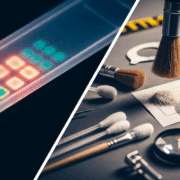
While CODIS is primarily used in the United States, similar systems exist globally. Countries like the United Kingdom, with its National DNA Database (NDNAD), and the European Union’s Prüm system, which facilitates DNA data Information in analog or digital form that can be transmitted or processed. Read Full Definition sharing between member states, use comparable technologies to link DNA evidence across jurisdictions. These systems are pivotal in international investigations, enabling law enforcement agencies to identify suspects, resolve cold cases, and ensure justice transcends borders.
Information in analog or digital form that can be transmitted or processed. Read Full Definition sharing between member states, use comparable technologies to link DNA evidence across jurisdictions. These systems are pivotal in international investigations, enabling law enforcement agencies to identify suspects, resolve cold cases, and ensure justice transcends borders.

Types of DNA Evidence in Criminal Cases
Scientists can extract DNA profiles from a wide range of biological materials, which play a pivotal role in forensic investigations. These materials include body fluids such as blood, saliva, and semen, skin cells left on surfaces, well-preserved bones, and hair roots containing nucleated cells—the key source of DNA [13]. Each of these sources can hold critical genetic information, even years after a crime has occurred.
Nuclear DNA testing is one of the most powerful methods for analyzing such evidence. This cutting-edge technique delivers conclusive and scientifically robust results, allowing investigators to either match an individual to the evidence with a high degree of certainty or definitively exclude them as a contributor. For instance, if the DNA recovered from a crime scene fails to match a suspect’s profile, that individual can be eliminated as the source with confidence [13].
What sets nuclear DNA testing apart is its unmatched precision and global applicability. From solving cold cases to exonerating the innocent, this technology has revolutionized forensic science and become an essential tool for investigators worldwide. Its ability to unlock the truth, even from trace amounts of DNA, ensures that justice can be served with accuracyIn scientific and measurement contexts, "accuracy" refers to the degree of proximity or closeness between a measured value and the true or actual value of the measured quantity. Accuracy indicates how well a measurement reflects Read Full Definition and integrity.
While nuclear DNA testing remains the gold standard for delivering conclusive results, other DNA analyses also play critical roles in forensic investigations, especially when nuclear DNA is degraded or unavailable.
By combining these DNA analysis techniques, forensic experts can adapt to diverse crime scenes and evidence types, ensuring that no clue goes undetected. From nuclear DNA’s high precision to mitochondrial and Y-chromosomal DNA’s versatility, each method uniquely solves complex cases, exonerating the innocent and advancing justice on a global scale.
DNA Collection and Storage Requirements
Success rates hinge on meticulous evidence collection and storage. Essential protocols include:
- Detailed documentation of collection specifics – location, date, time, collector [14]
- Paper packaging for dry evidence to prevent bacterial contaminationContamination - The unwanted transfer of material from another source to a piece of physical evidence. The inadvertent touching of a weapon, thereby adding fingerprints to it is an example of evidence contamination. Read Full Definition [14]
- Cool, dark storage environments [14]
Laboratory analysis requires minimal genetic material – just 0.5 to 1.0 nanograms of DNA, to be precise"Precise" refers to the degree of closeness or consistency between multiple measurements or values taken under the same conditions. It indicates how well these measurements agree with each other, regardless of whether they are accurate Read Full Definition. To put this into perspective, this is equivalent to the DNA found in approximately 80 to 160 cells [11]. However, when it comes to the analysis of sperm cells, the requirements are slightly different. This is because these particular cells carry only half the typical genetic content. As a result, the amount of genetic material required for sperm cell analysis is double that of the standard requirement, necessitating a total of 1.0 to 2.0 nanograms of DNA [11].
In addition to the actual laboratory analysis, the chain of custody documentation is another crucial aspect. This vital record must meticulously document every single transfer of evidence and the conditions under which the evidence was stored [13]. The importance of these records cannot be overstated. They protect the admissibility of the evidence in question and provide a robust defense against any contamination-related challenges. In essence, they act as a safeguard, ensuring the integrity of the evidence throughout the entire process.
Furthermore, specific measures must be taken to protect biological samples. These include proper drying, packaging in paper, and clear labeling. These steps shield the samples from potential damage caused by heat, humidity, and bacteria. By adhering to these guidelines, the samples can be preserved in their original state, thereby maintaining their validity for future analysis [13].
Building Cases with DNA Evidence
Prosecutors who build cases using DNA evidence must combine scientific accuracy with legal thoroughness. They must pay close attention to paperwork, how they handle evidence, and what the law requires to succeed. This approach must meet both lab rules and courtroom standards.
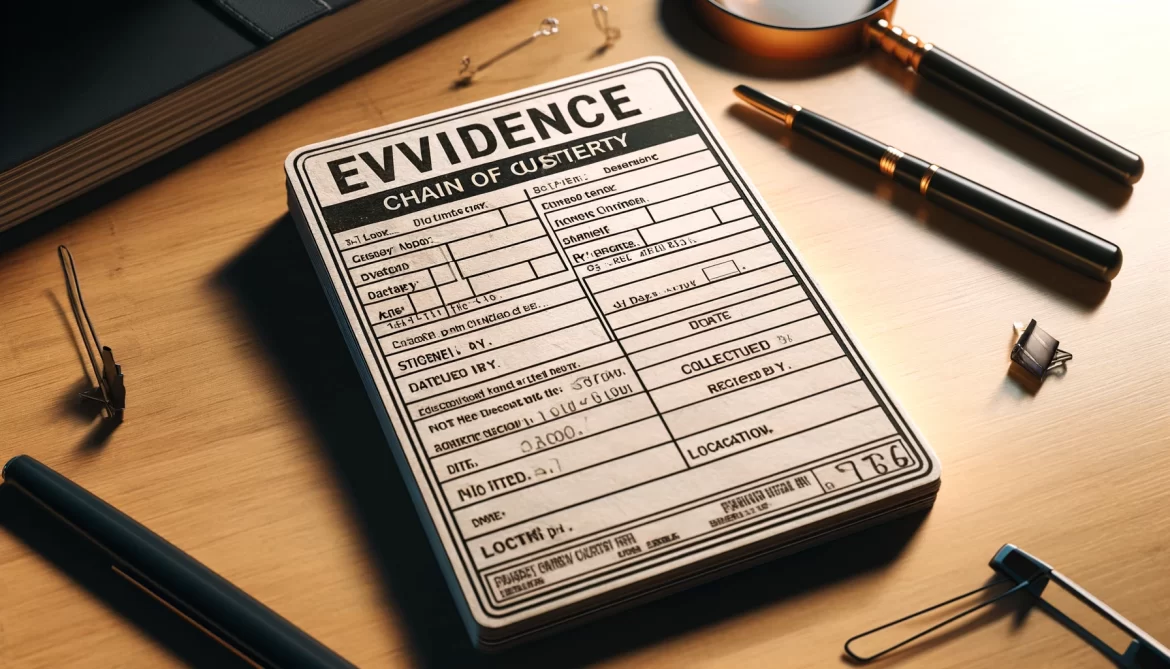
Establishing a Chain of Custody
Chain of custodyChain of custody - The process used to maintain and document the chronological history of the evidence. Documents record the individual who collects the evidence and each person or agency that subsequently takes custody of Read Full Definition documentation is the bedrock of DNA evidence admissibility in court. It ensures the evidence’s integrity, reliability, and authenticity from collection to courtroom presentation. Strong documentation requires meticulous attention to detail, including:
- Distinct identifiers for evidence items (e.g., case numbers, barcodes)
- Precise collection records (time, date, location, and evidence description)
- Complete handler identification (names, roles, and signatures)
- Thorough transfer documentation (recording every change in custody)
- Detailed storage specifications (conditions like temperature, humidity, and secure access)
Each evidence transfer must include dated signatures to maintain a continuous and unbroken chain of custody [4]. This careful record-keeping validates evidence integrity and prevents tampering or contamination claims—critical factors when facing defense challenges.
For instance, in high-profile cases involving cold hits from DNA databases or mixed samples at crime scenes, any break in the chain of custody could undermine evidence credibility and jeopardize convictions. By adhering to rigorous documentation standards, investigators and prosecutors ensure that DNA evidence withstands legal scrutiny, reinforcing its role as a cornerstone of justice.
Meeting Admissibility Standards
Courts scrutinize DNA evidence through established legal frameworks to ensure its scientific reliability and fairness. Two primary standards govern the admissibility of forensic evidence:
- The Frye Standard (commonly used in state courts): Requires that scientific techniques be widely accepted within the relevant scientific community.
- The Daubert Standard (used in federal and many state courts) imposes stricter requirements, evaluates the testing methods’ validity, reliability, and relevance, and ensures that the evidence meets scientific rigor [5].
While courts readily accept widely used techniques like PCR-STR testing for single-source samples, newer technologies such as Next-Generation Sequencing (NGS) or highly complex DNA mixtures often face heightened scrutiny.
To meet these admissibility standards, prosecutors bear the responsibility of demonstrating the following elements:
- Method Scientific Validity:
- Prove that the DNA testing method (e.g., PCR-STR, mtDNA analysis) is well-established, peer-reviewed, and widely accepted within the forensic science community.
- For newer techniques, present validationValidation, often referred to as method validation, is a crucial process in the laboratory when introducing a new machine, technology, or analytical technique. It involves a series of systematic steps and assessments to ensure that Read Full Definition studies and expert testimony to support their accuracy.
- Protocol Compliance:
- Show that the laboratory adhered to standard operating procedures (SOPs) during DNA sample collection, extraction, amplification, and analysis.
- Highlight ISO/IEC 17025 accreditationAccreditation – a process by which a laboratory must prove to an accrediting agency that their processes, equipment, and employees are competent, credible, and accurate. The accrediting agency will inspect the laboratory and observe its Read Full Definition or compliance with relevant forensic laboratory standards.
- Laboratory Staff Qualifications:
- Establish that analysts conducting the tests are qualified forensic experts with proper training, certifications, and proficiency testing records.
- Emphasize the lab’s adherence to quality assuranceQuality assurance (QA) is a comprehensive set of activities and processes to ensure the overall quality and reliability of the work conducted within a laboratory. QA is a proactive approach that focuses on improving scientific Read Full Definition protocols.
- Result Statistical Merit:
- Present statistical data (e.g., likelihood ratios or random match probabilities) to demonstrate the strength of the DNA match.
- Clearly explain the statistical significance, ensuring jurors and judges understand the rarity of the observed DNA profile.
Linking Evidence to Suspects
DNA matches need both statistical power and logical context to establish a strong link between the evidence and the crime. Prosecutors combine scientific data with circumstantial evidence, telling a story that explains why and how DNA shows up at a crime scene. This method makes things clear and ensures the evidence holds up in court. Random Match Probability (RMP) calculations make DNA evidence even more reliable, often showing odds of more than one in billions across 13 core loci [5].
Statistical Significance
DNA evidence is fundamentally about probabilities, not certainties. Experts must avoid definitive statements such as, “This DNA belongs to the defendant,” as such claims can mislead the court and lack scientific nuance. Instead, testimony should focus on:
- Random Match Probability (RMP): The likelihood of another individual matching the observed DNA profile. For instance, the odds of a match may exceed one in billions across the standard 13 core loci examined in forensic analysis [5].
- Population FrequencyFrequency is a fundamental concept in physics and wave theory. It refers to the number of times a specific point on a wave, such as a crest or trough, passes a fixed reference point in Read Full Definition Statistics: Experts compare genetic markers to established databases, explaining how often certain markers occur within specific populations. This statistical approach is grounded in scientific integrity, ensuring the evidence is presented accurately [6].
Prosecutors align expert testimony with scientific standards by emphasizing probabilities and frequencies, fostering trust, and reducing the risk of juror misunderstanding.
Contextual Evidence
While statistics demonstrate the rarity of a match, context tells the story. The circumstances surrounding the discovery of DNA often determine its relevance and weight in court. For example:
- Blood containing suspect DNA near broken windows suggests direct involvement in a burglary or violent act.
- Trace DNA on a public doorknob could reflect innocent contact, making it less probativeProbative - possessing the potential to provide details that are valuable to an investigation. Read Full Definition.
Key factors that influence the significance of DNA evidence include:
- Location of the Evidence: Restricted or private areas strengthen the link to a suspect.
- Type of Biological Material: Blood or semen indicates a direct event, while skin cells may arise from casual contact.
- Recovery Circumstances: Proper evidence collection, handling, and storage prevent contamination claims that might undermine the evidence’s credibility.
Addressing Defense Challenges
Anticipating defense strategies is critical. Prosecutors must prepare to counter common claims, such as:
- Contamination Allegations: Maintain a meticulous chain of custody and emphasize laboratory protocols that prevent cross-contaminationCross-contamination - The unwanted transfer of material between two or more sources of physical evidence. For example, improperly collecting biological evidence such as blood could lead to one sample mixing with another sample and contaminating Read Full Definition.
- Secondary Transfer Claims: Explain the mechanics of DNA transfer while reinforcing the logical context of the evidence at the scene.
Building a Persuasive Case
Victory lies in bridging the gap between statistical merit and logical connections. Prosecutors achieve this through:
- Meticulous Documentation: Clear evidence handling and chain-of-custody records establish integrity.
- Expert Collaboration: Skilled forensic experts articulate complex findings in a manner the jury can understand.
- Narrative Construction: Telling a coherent, fact-based story that aligns the DNA evidence with the crime details.
By combining the power of statistical analysis and contextual relevance, prosecutors transform DNA evidence into a cornerstone of justice—one that is scientifically sound, logically compelling, and legally robust.
DNA Analysis Methods and Technologies
Forensic laboratories leverage advanced technologies to extract and analyze genetic evidence in criminal cases. These DNA analysis methods deliver precise, reliable, and scientifically sound results, revolutionizing modern criminal investigations.
Current Testing Techniques
Five distinct methods stand at the forefront of forensic DNA analysis:
Polymerase Chain Reaction (PCR):
PCR is a cornerstone of forensic science, designed to amplify minuscule DNA samples into millions of identical copies. This technique makes it possible to analyze even the smallest traces of biological evidence—blood, saliva, or skin cells—that would otherwise be undetectable. Its key advantages include:
Restriction Fragment Length Polymorphism (RFLP):
RFLP was a pioneering DNA analysis method used to examine larger, high-quality DNA samples. The process involves:
While RFLP delivers highly accurate results, its limitations include long processing times, larger DNA requirements, and lower sensitivity. As a result, PCR and DNA sequencing have largely replaced it. However, RFLP remains valuable in specialized contexts, such as population genetics or analyzing well-preserved samples.
Short Tandem Repeat (STR) Profiling:
STR profiling is the gold standard for modern forensic DNA analysis. This technique focuses on specific regions of DNA, known as loci, where short sequences of DNA repeat multiple times. STR profiling has several advantages:
Y-Chromosomal STR (Y-STR) Profiling:
Y-STR profiling focuses on DNA markers found exclusively on the Y chromosome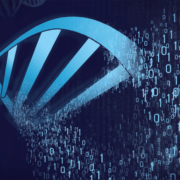
Mitochondrial DNA (mtDNA) Testing:
mtDNA testing excels in analyzing degraded or minimal DNA samples. Unlike nuclear DNA, mtDNA is located in the mitochondria and is maternally inherited. Key applications include:
While less discriminative than nuclear DNA, mtDNA’s high stability makes it indispensable for solving cases involving older or skeletal remains.
PCR testing opens new possibilities in forensic science, breathing life into old or degraded evidence. Scientists need 100-200 cells to build a complete DNA profile [8]. PCR amplifies trace amounts of DNA into analyzable quantities through carefully controlled heating and cooling cycles.
Emerging DNA Analysis Tools
Forensic DNA analysis continues to evolve, offering faster and more efficient tools:
- Rapid DNA Analysis:
- Automates DNA profiling
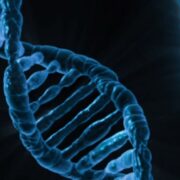
- Ideal for quick investigations, allowing law enforcement to generate leads without delays.
- Automates DNA profiling
- Direct PCR:
- Streamlines the process by eliminating DNA extraction and quantification steps.
- Achieves superior success rates compared to standard PCR:
- 97% success on plastic surfaces vs. 82%.
- 88% success on polyester vs. 63%.
- 69% success on metal tools vs. 56% [10].
- Reduces analysis time and cost, though its heightened sensitivity requires strict contamination controls.
These advancements are transforming forensic DNA workflows, ensuring more timely, cost-effective, and robust analyses.
Cost-Benefit Analysis of Different Methods
Each analysis technique presents unique advantages and trade-offs. Direct PCR cuts laboratory time by three to four hours while reducing reagent costs by 25% [10]. Yet its heightened sensitivity introduces contamination risks in 6% of samples [10].
Rapid DNA systems require substantial upfront investment but slash processing times from weeks to hours [9]. This speed proves invaluable during violent crime investigations that require swift suspect identification.
The FBI’s CODIS database exemplifies ongoing advancement, expanding from 1.7 million to 50 million DNA profiles while accelerating searches to microsecond speeds [9].
When choosing an appropriate DNA analysis method, laboratories must carefully evaluate several key factors:
- Sample Characteristics: The quantity, quality, and condition of the DNA determine the most suitable method (e.g., degraded samples may require mitochondrial DNA testing).
- Time Constraints: Urgent cases, such as violent crimes, often necessitate Rapid DNA analysis for faster investigative outcomes.
- Resource Availability: Budget limitations and technological infrastructure dictate method feasibility.
- Quality Standards: Laboratories must ensure compliance with accreditation requirements, including contamination prevention and result validation.
- Financial Limitations: Balancing costs with benefits is critical, particularly when investing in new technologies or scaling up existing processes.
Advancements in DNA analysis—such as Direct PCR and Rapid DNA systems—continue to revolutionize forensic science, enhancing speed, precision, and cost-effectiveness. However, each method requires a thoughtful evaluation of its strengths, limitations, and alignment with case needs. By weighing these factors, forensic laboratories can optimize their workflows and ensure the highest standards of evidence processing, ultimately strengthening the pursuit of justice worldwide.



